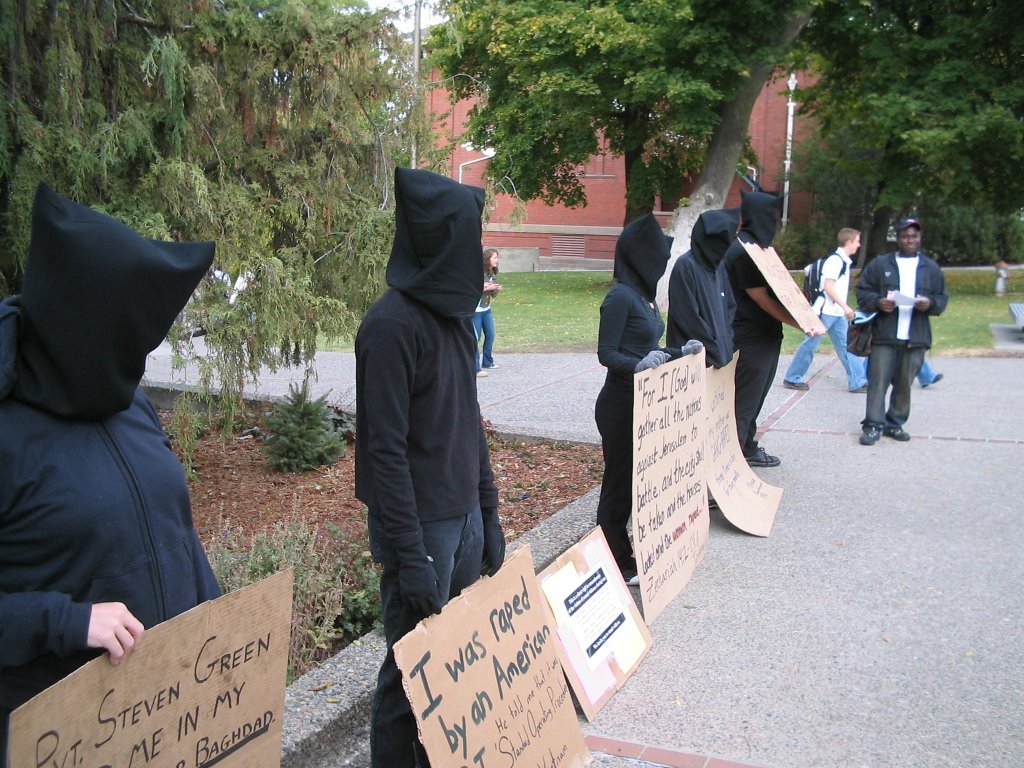

In doing so, many commonly failed to distinguish between "available" and "unavailable" women, mistaking violence for sex. soldiers stationed in South Vietnam engaged in various sexual interactions, including consensual sex, prostitution, and rape. United States personnel ĭuring the Vietnam War, U.S. The extent of the rapes is still debated one study determined that over half of Lai Dai Han births had resulted from rape. In the Vietnamese language, a racially mixed child who was born to a South Korean father and a Vietnamese mother during the war is known as a Lai Dai Han ( lai Đại Hàn in Vietnamese: pronounced Korean: 라이따이한). Political controversies over children who were conceived as a result of rapes of Vietnamese women by South Korean military personnel continue to plague Vietnamese and South Korean society because the children continue to be subjected to discriminatory treatment by the Vietnamese government and their presence in South Korea is unacknowledged by the South Korean government. According to one source, only twenty-five cases of rape committed by United States Army personnel and sixteen by United States Marines resulted in court-martial convictions involving Vietnamese victims from 1965 to 1973. Some American veterans believe that sexual violence against Vietnamese women was motivated by "racism, sexism, or a combination of both," as a result of the strong social movements that were roiling the United States in the early 1970s. : 65 Weaver stated that not only were documented crimes against Vietnamese women by United States military personnel ignored during the international legal discourse which occurred immediately after the war, modern feminists and other anti-war rape campaigners, as well as historians, have continued to dismiss them. troops because their commanders tolerated them. According to American academic Elisabeth Jean Wood, wartime rape was frequently committed by U.S.

Rape during the Vietnam War, as well as other acts of wartime sexual violence, was committed against Vietnamese civilians by military personnel from the United States, South Korea, and other combatants.


 0 kommentar(er)
0 kommentar(er)
